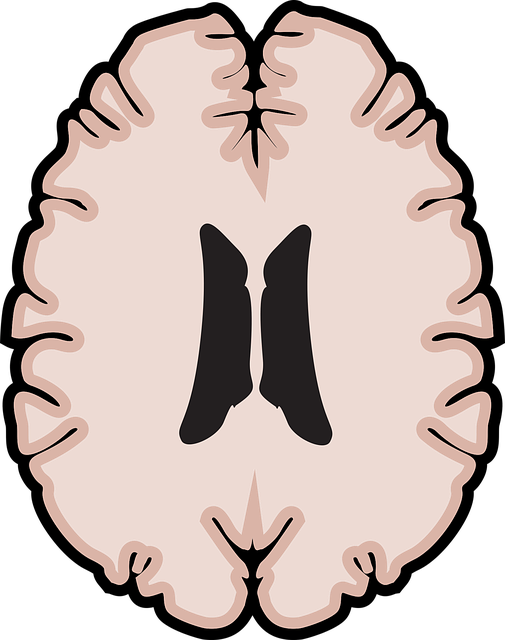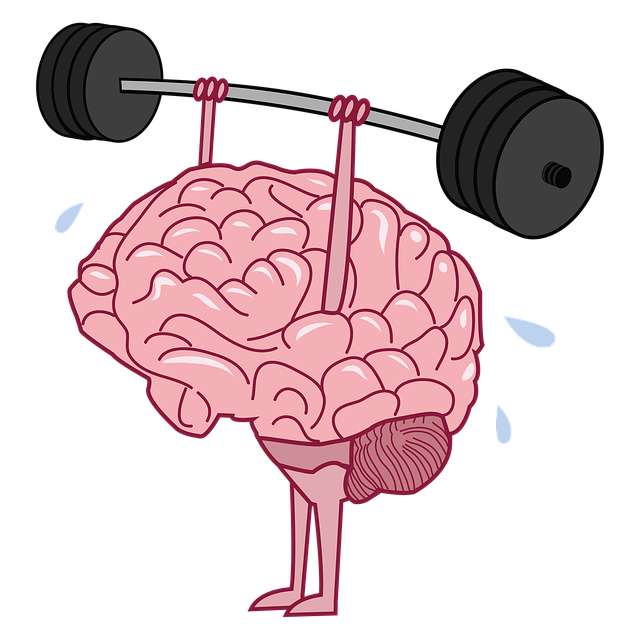Mental wellness programs integrating therapeutic approaches like Superior Mindfulness Therapy (SMT) offer comprehensive support for emotional health and psychological resilience through mindfulness meditation, self-care routines, and group support. Evaluating these programs using both quantitative (surveys, statistical analysis) and qualitative (interviews, focus groups) methods is vital to measure immediate impacts and long-term benefits on participants' mental health, relationships, and resilience. This dual approach helps refine programs like SMT and tailor support for improved community mental wellness outcomes.
“Mental wellness programs are gaining prominence in today’s fast-paced world, but evaluating their effectiveness is crucial. This article explores comprehensive evaluation methods for mental health initiatives, with a specific focus on the impact of Superior Mindfulness Therapy. We delve into quantitative and qualitative approaches, examining both short-term outcomes and long-term sustainability. By assessing participant experiences, we gain insights that refine programs, ensuring their efficacy and relevance in enhancing overall well-being.”
- Understanding Mental Wellness Programs and Their Impact
- Assessing the Efficacy of Superior Mindfulness Therapy
- Quantitative Evaluation Techniques for Program Improvement
- Qualitative Insights: Participant Experiences and Feedback
- Long-term Tracking and Measuring Sustainability of Wellness Initiatives
Understanding Mental Wellness Programs and Their Impact

Mental wellness programs are designed to enhance and maintain an individual’s overall well-being, focusing on factors like emotional health, psychological resilience, and social connections. These initiatives can range from therapeutic interventions such as Superior Mindfulness Therapy, which emphasizes mindfulness meditation and self-care routine development for better mental health, to group support sessions that encourage open dialogue and build social skills. Social Skills Training, a component often integrated into these programs, plays a pivotal role in fostering meaningful relationships and improving overall mental wellness.
By understanding the impact of these programs on both individuals and communities, it becomes evident how crucial they are in navigating today’s challenges. Effective evaluation methods are essential to gauge the success of such initiatives. These assessments should consider not only the direct outcomes of program participation but also the long-term effects on participants’ daily lives, relationships, and overall mental resilience.
Assessing the Efficacy of Superior Mindfulness Therapy

The evaluation of mental wellness programs is a multifaceted process, especially when focusing on innovative therapeutic approaches like Superior Mindfulness Therapy (SMT). SMT aims to enhance emotional regulation and promote mental health awareness by teaching individuals to cultivate present-moment awareness and non-judgmental acceptance. To assess its efficacy, researchers often employ a combination of quantitative and qualitative methods.
Quantitative assessments may include pre-post surveys measuring symptoms of anxiety, depression, and stress levels before and after SMT intervention. These evaluations help quantify the program’s impact on participants’ mental health. Additionally, long-term follow-up studies can track the sustainability of benefits. Qualitatively, interviews or focus groups allow participants to share their experiences, providing insights into how SMT has influenced their emotional responses, conflict resolution techniques, and overall well-being. This dual approach offers a comprehensive understanding of SMT’s effectiveness in fostering mental wellness.
Quantitative Evaluation Techniques for Program Improvement

Quantitative evaluation techniques play a pivotal role in measuring the effectiveness and impact of mental wellness programs, including Superior Mindfulness Therapy initiatives. These methods involve collecting and analyzing data to assess program outcomes and inform strategic improvements. By employing tools such as surveys, questionnaires, and statistical analysis, researchers and practitioners can gain valuable insights into participant experiences and mental health status changes over time.
In the context of a Community Outreach Program Implementation or Burnout Prevention Strategies for Healthcare Providers, quantitative evaluations help track progress, identify trends, and pinpoint areas needing enhancement. For instance, pre-post tests can measure the efficacy of mindfulness interventions on reducing stress levels, anxiety, or depressive symptoms among participants. This data-driven approach ensures that mental wellness programs are not only reaching their intended audience but also delivering tangible benefits, ultimately fostering more effective and tailored support for improved mental health outcomes.
Qualitative Insights: Participant Experiences and Feedback

Evaluating mental wellness programs through qualitative insights offers a powerful lens to understand participant experiences and gather valuable feedback. This approach allows individuals who have undergone therapy, such as Superior Mindfulness Therapy, to share their personal journeys and reflect on the impact of the program. Qualitative methods include in-depth interviews, focus groups, and open-ended surveys, enabling researchers or facilitators to gain insights into various aspects of the therapeutic process. Participants can discuss their feelings, challenges faced, and the effectiveness of specific techniques, such as Conflict Resolution Techniques and Positive Thinking exercises, in enhancing their mental wellness.
By collecting these qualitative data, program organizers can identify areas of success and potential challenges. For instance, participants might highlight how certain practices, like burnout prevention strategies, contributed to their overall well-being or point out aspects that could be improved. This feedback loop is crucial for refining the mental wellness program, ensuring it aligns with the evolving needs and preferences of its participants.
Long-term Tracking and Measuring Sustainability of Wellness Initiatives

Evaluating the long-term impact and sustainability of mental wellness programs is an essential aspect of ensuring their effectiveness. This involves tracking participant progress over extended periods, often years, to gauge the lasting effects of interventions. By implementing robust monitoring systems, organizations can assess whether the initiatives are successful in fostering positive mental health outcomes and promoting self-care practices among individuals. One promising approach is adopting a holistic view that combines Superior Mindfulness Therapy with techniques like Mindfulness Meditation and Resilience Building.
Regular check-ins, follow-up surveys, and ongoing data collection methods enable researchers and practitioners to identify trends, measure changes in mental wellness, and understand how interventions influence participants’ daily lives. This long-term tracking reveals critical insights into the sustainability of various programs, helping professionals tailor their strategies to meet evolving needs. Ultimately, these evaluations ensure that resources are allocated efficiently, and programs remain relevant and impactful in promoting mental health awareness and resilience building within communities.
Evaluating mental wellness programs is essential to understanding their impact and identifying areas for improvement. By combining quantitative techniques, such as surveys and data analysis, with qualitative methods like participant feedback and interviews, we can gain a comprehensive view of program effectiveness. The article has explored various evaluation approaches, including an in-depth look at Superior Mindfulness Therapy. Long-term tracking is vital to ensure the sustainability of wellness initiatives, fostering continuous improvement and benefiting individuals’ mental health outcomes.














